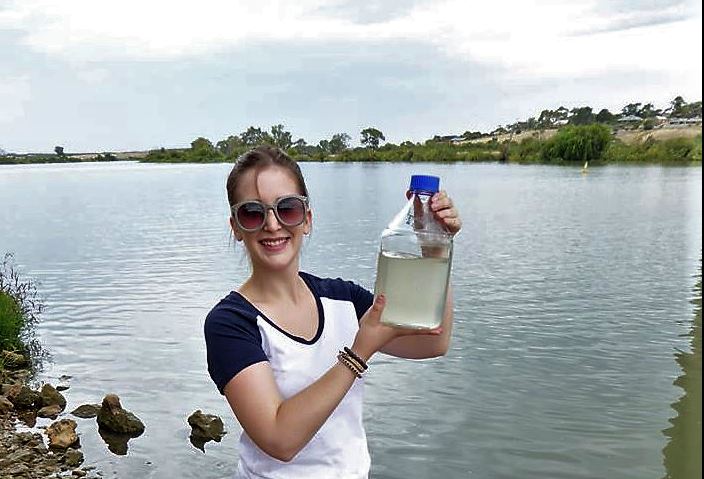
Microbial readings from Murray River water samples are presenting an important new perspective on the river’s health.
New research from Flinders University has taken a fresh look at understanding the vital freshwater system, with the hope of improving future use and environmental management of the Murray and other rivers.
A clean bill of health for the Murray River is of vital importance for South Australia’s agricultural and domestic water supply. Yet most scientific examination of microbial movements in water is done in marine environments rather than freshwater river systems.
Flinders University College of Science and Engineering biological sciences research associate Dr Lisa Dann says the samples show a greater diversity of microbial communities than expected, with freshwater microbes forming distinct taxonomic communities within 1 µl samples of water.
“Despite their importance, research on freshwater systems has always lagged behind its marine counterpart, so these findings will help bridge a gap in knowledge about microbial ecology,” says Dr Dann, from the Flinders molecular science and technology research section.
The Flinders Microbial Systems Laboratory research paper, “Microbial micropatches within microbial hotspots,” by Lisa M. Dann, Jody C. McKerral, Renee J. Smith, Shanan S. Tobe, James S. Paterson, Justin R. Seymour, Rod L. Oliver, and James G. Mitchell, was published in PLOS One (https://doi.org/10.1371/journal.pone.0197224)
Microbial distributions had previously been considered homogeneous, with large-scale sampling considered representative of abundant microbial communities over smaller scales.

However, this is not the case, with Flinders researchers identifying localised areas of heightened microbial abundance (“hotspots”) and depleted areas (“cold spots”) only millimetres apart, capturing the scale at which individual microbes interact.
The research shows that these hotspots and cold spots are taxonomically distinct, with 1 µl samples from these hotspots containing an abundance of a single genus, which are called “micropatches”.
This reveals that strong and extensive taxonomic changes can be found across a few millilitres.
As microbial hotspots and cold spots are important microenvironments for nutrient exchange and cellular interactions, understanding their taxonomic makeup will aid further understanding of environmental and microbial diversity, and ecosystem function.
“These findings will help our understanding of microbial communities within this system and hopefully aid in the future management of this river,” says Dr Dann.
“The findings of this paper are relevant to a variety of fields, such as industry, technology and disease research, as it demonstrates the extent to which microbial communities structure themselves.”
Further research by Dr Dann is examining the way microbes invade different environments, and assessing the scale at which microbes sort themselves across subsurface groundwater systems, surface marine and freshwater environments, and the human oral microbiome.

